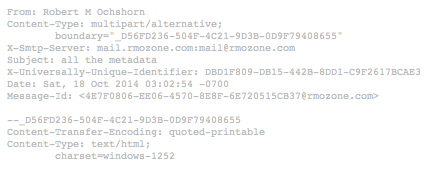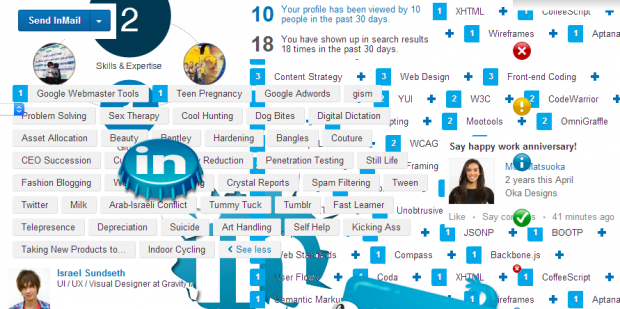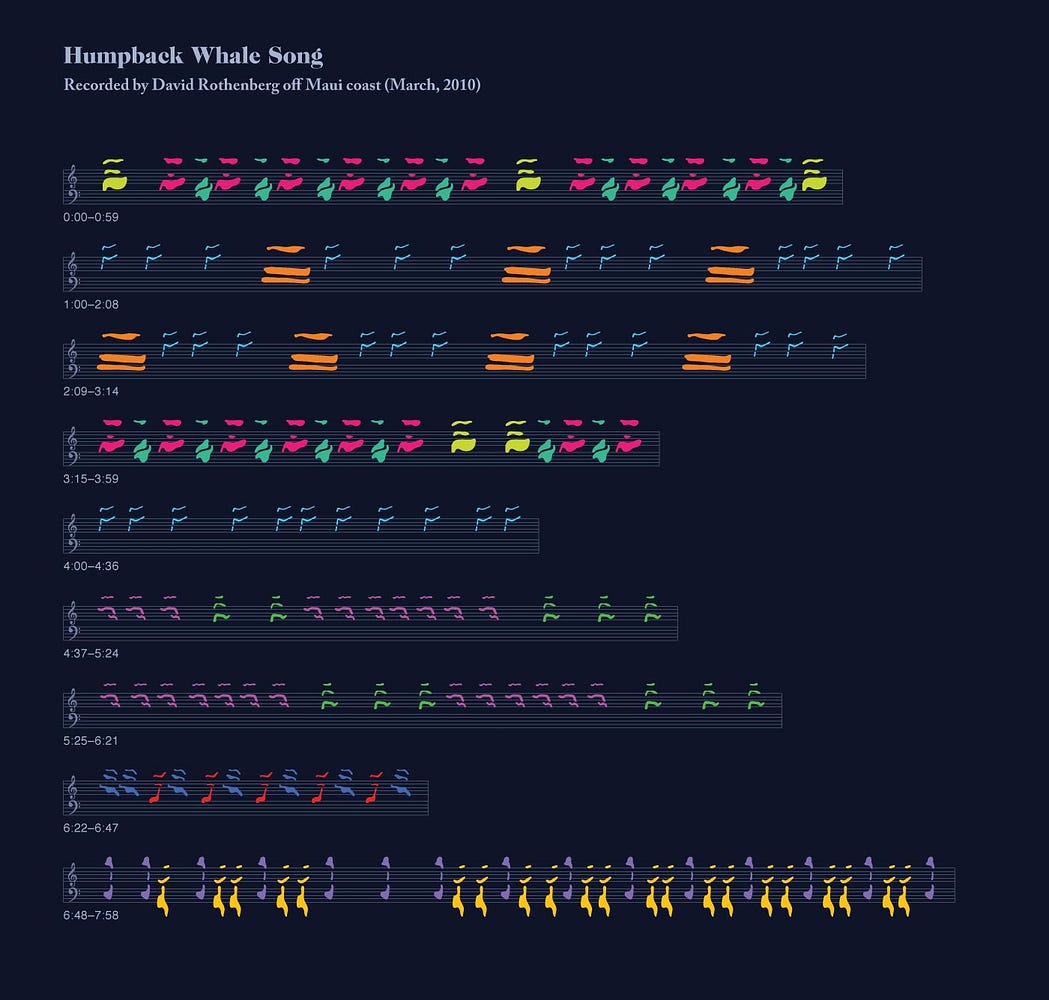Robert M. Ochshorn has one of the most conceptually inventive artist websites I’ve seen, despite its technically simplicity. The website is a static page of text and images divided into what appear to be real email correspondences between Ochshorn and others. Above each email is its full header, which includes items like Content-Transfer-Encoding and X-Smtp-Server. You can get a sense of Ochschorn’s work by reading these correspondences and viewing the embedded images and videos. He gives off an enthusiastic and critical tone: “You’re right to identify an irony in the situation: I showed you interfaces that are supposedly preoccupied with new modes of visibility, and yet they are nowhere “online” to be found.” While many artist websites strive for clarity, Ochshorn’s strives to be oblique. The chosen form (with the inclusion of the full email headers) communicates both his technical and artistic preoccupations. He seems fully aware of what he’s doing, in one email he says: “yes, everything is online somewhere, but I’d better compile the links for you…Apologies for my incoherent web presence.”
“cloaque.org” is an online gallery curated by Claudia Mate and Carlos Sáez, who describe it as an “exquisite corpse” and “diarrheal stream” where artists can collage all the digital trash they find on the internet. The site is in fact a Tumblr, which wasn’t immediately apparent to me. On the left of the page there is a “browse me” dropdown that lets you choose from a selection of collage pages by different artists. You explore collages simply by scrolling down on the pages. They seem to be stitched together from static images, which means that the artists’ description of the site is more conceptual than technical. I appreciate the site’s alignment as a place to organize trash, as well as the sheer breadth of aesthetic exploration. One entire collage focuses on the graphic design of LinkedIn, while another is a cityscape contained in an iPad.





